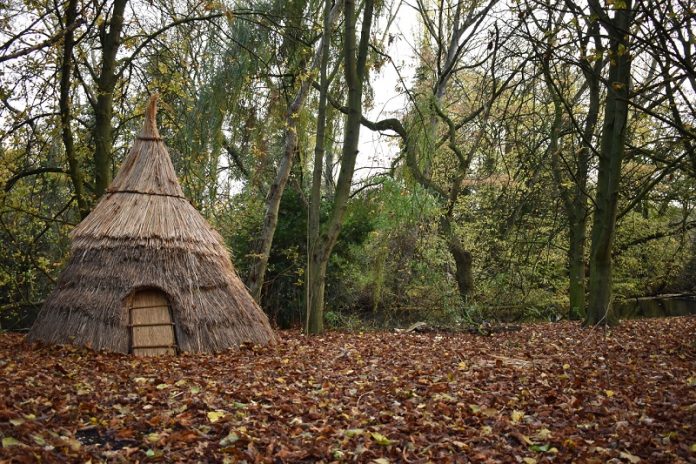
Archaeological evidence from the famous Mesolithic site of Star Carr in North Yorkshire reveals that hunter-gatherers, living over 11,000 years ago, maintained surprisingly tidy and organized homes.
Researchers from the University of York and the University of Newcastle discovered that these early humans created specific zones for different household activities.
The team studied microscopic evidence from stone tools found inside three ancient structures at Star Carr, which might have been cone-shaped or domed.
Their analysis revealed a variety of activities, including working with wood, bone, antler, plants, hides, meat, and fish, taking place within these homes.
By mapping out where these activities occurred, the researchers identified distinct areas for each type of task.
Dr. Jess Bates, from the University of York’s Department of Archaeology, explained, “We found that different activities had their own designated areas.
For example, messy tasks like butchery were done in a separate space from cleaner tasks like crafting bone and wooden objects, tools, or jewelry.”
This finding was surprising because hunter-gatherers are known for being highly mobile, constantly moving to find food.
Despite their nomadic lifestyle, they had an organized approach to creating not just a shelter but a home.
This suggests that their dwellings were not only practical for protection from the elements but also followed social norms similar to how we organize our homes today.
Previous research at Star Carr showed evidence that hunter-gatherers kept their homes clean and orderly, with signs of sweeping inside the structures. Star Carr provides the earliest known evidence of British dwellings and some of the earliest forms of architecture.
One of the structures found was believed to be shaped like a teepee, constructed from wood and possibly covered with reeds or animal hides.
Dr. Bates added, “Not only do we now know that hunter-gatherers were building these dwellings, but they had a shared understanding of how to organize tasks within them.
In modern society, we are very attached to our homes, both physically and emotionally. In the deep past, communities were highly mobile, so it is fascinating to see that despite this, there was still a concept of keeping an orderly home space.”
This study demonstrates that micro-scale analysis can provide exciting insights into the details of ancient homes and what these spaces meant to the people who lived there.
The research is published in the journal PLOS One.



